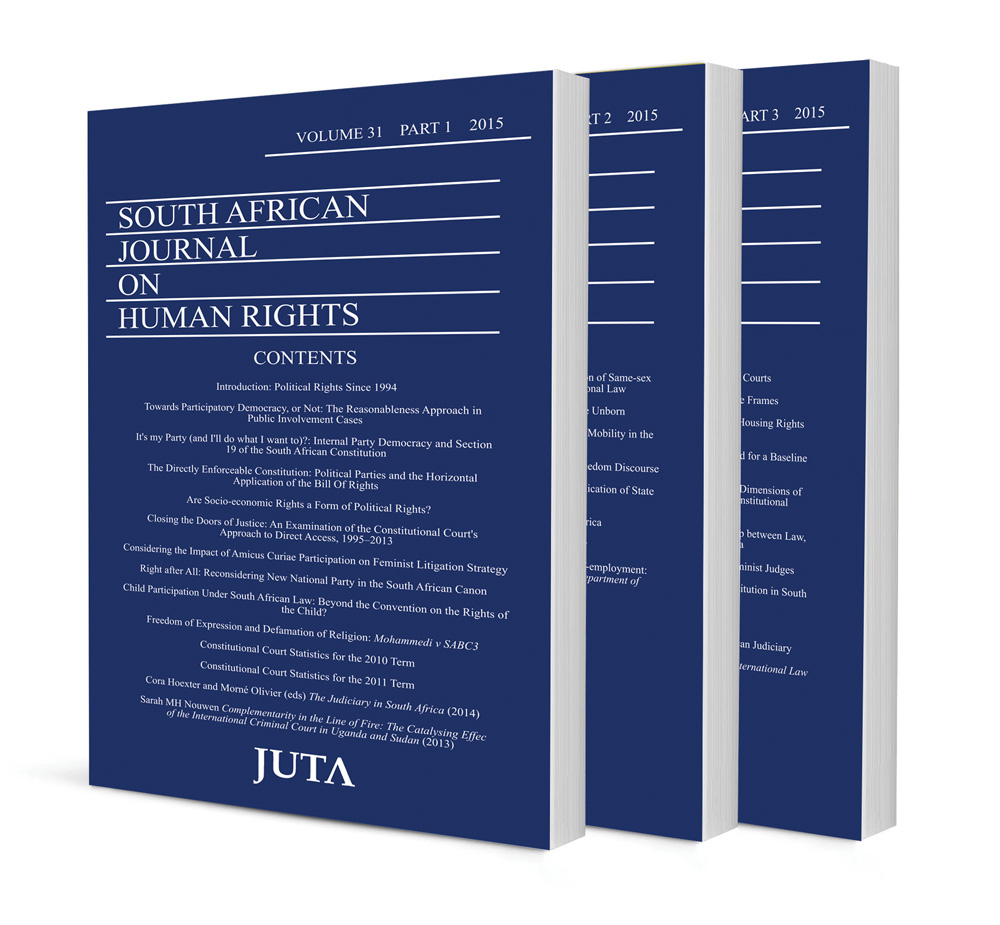Contractual autonomy unpacked: The internal and external dimensions of contractual autonomy operating in the post-apartheid constitutional context

Contractual autonomy unpacked: The internal and external dimensions of contractual autonomy operating in the post-apartheid constitutional context
Authors Deeksha Bhana
ISSN: 1996-2126
Affiliations: Associate Professor of Law, University of the Witwatersrand
Source: South African Journal on Human Rights, Volume 31 Issue 3, 2015, p. 526 – 552
Abstract
The concept of contractual autonomy comprises two essential dimensions, namely the internal (content) and the external (reach/scope of operation) dimensions. The former dimension focuses on the substantive concept of the constitutionalised, contracting self and the latter on the extent to which contract law gives, and ought to give, credence and effect to the exercise of autonomy, as defined by the internal content dimension. In relation to contractual autonomy, the question of how to conceive of contractual autonomy in the post-apartheid constitutional context must extend both to these internal and external dimensions. Upon perusal of the cases however, one finds that not much attention has been paid to the internal (content) dimension of the above question. The courts have focused on the external (reach) dimension of this question; the stated rationale being that striking a constitutional balance between the classically individualist and collectivist ideologies re-defines the contractual doctrine of legality and thus contract law as a whole. In this article, I show how the courts’ limited approach to the concept of contractual autonomy continues to entrench a fixed (neo-) classical liberal conception of contractual autonomy within our common law of contract, which, in turn, impedes transformative constitutionalism in the private sphere of contracts.